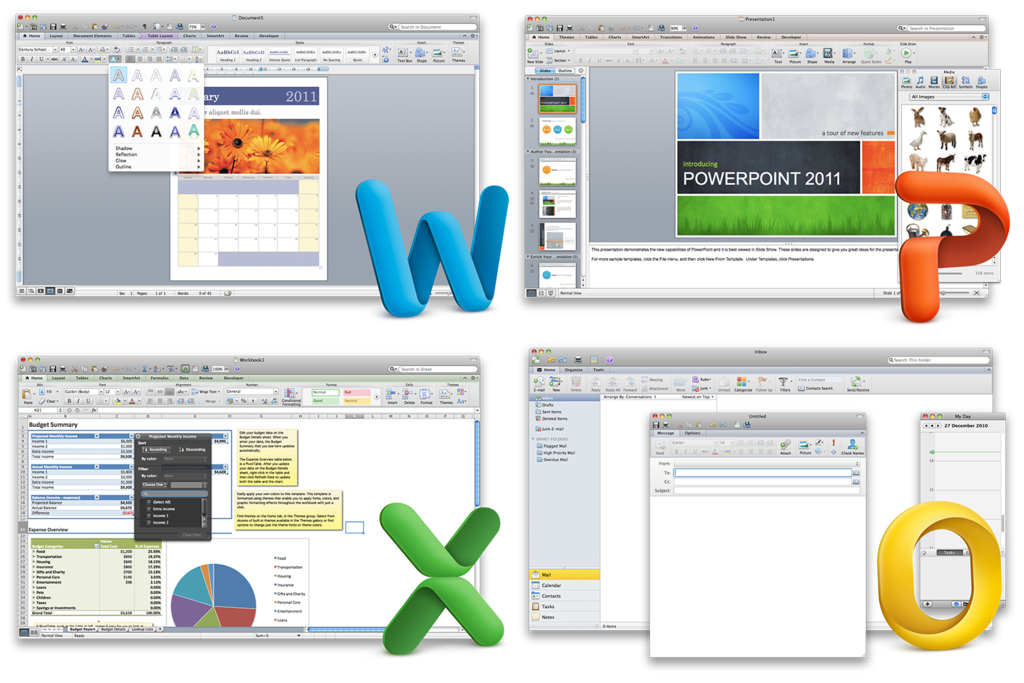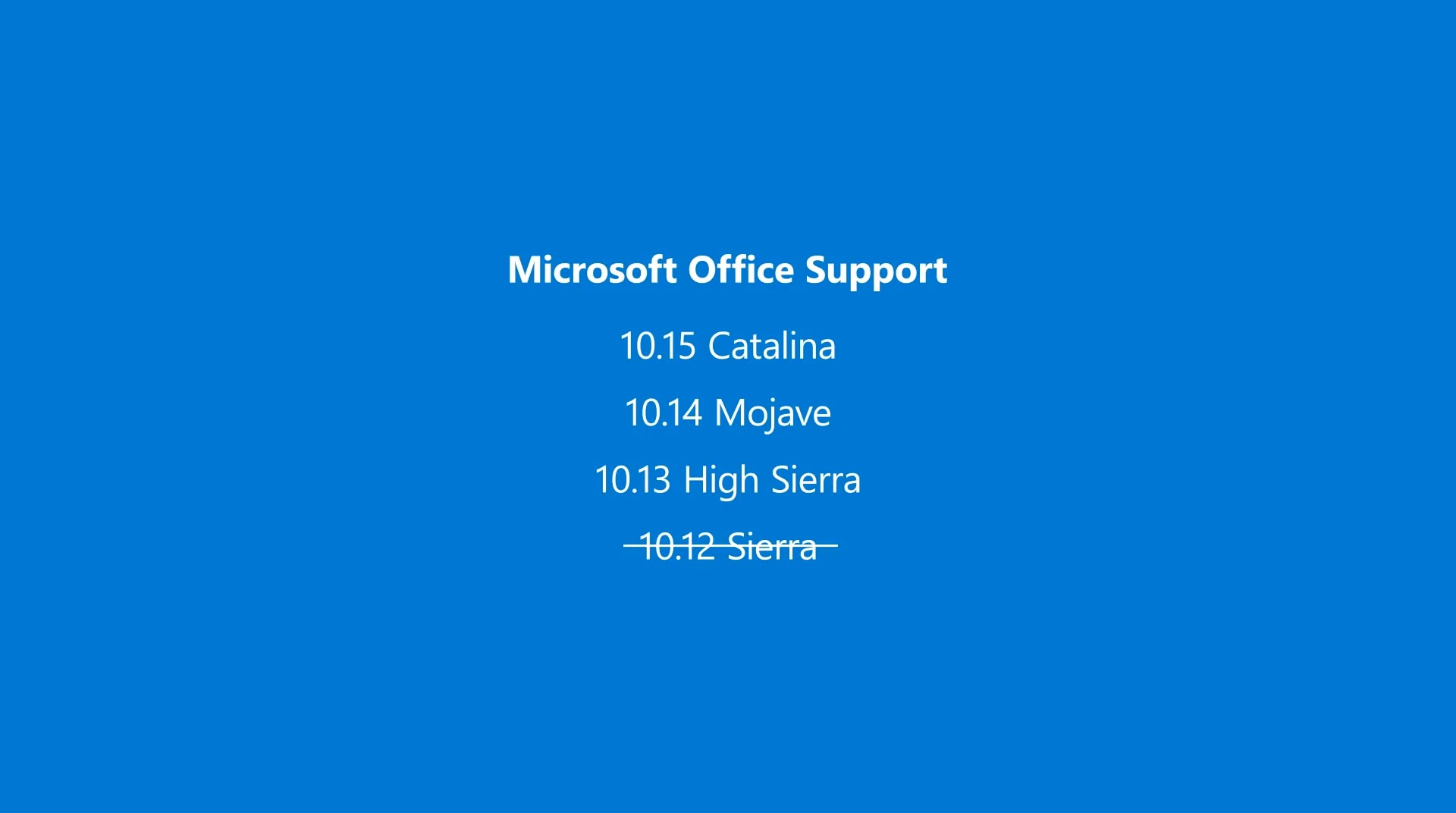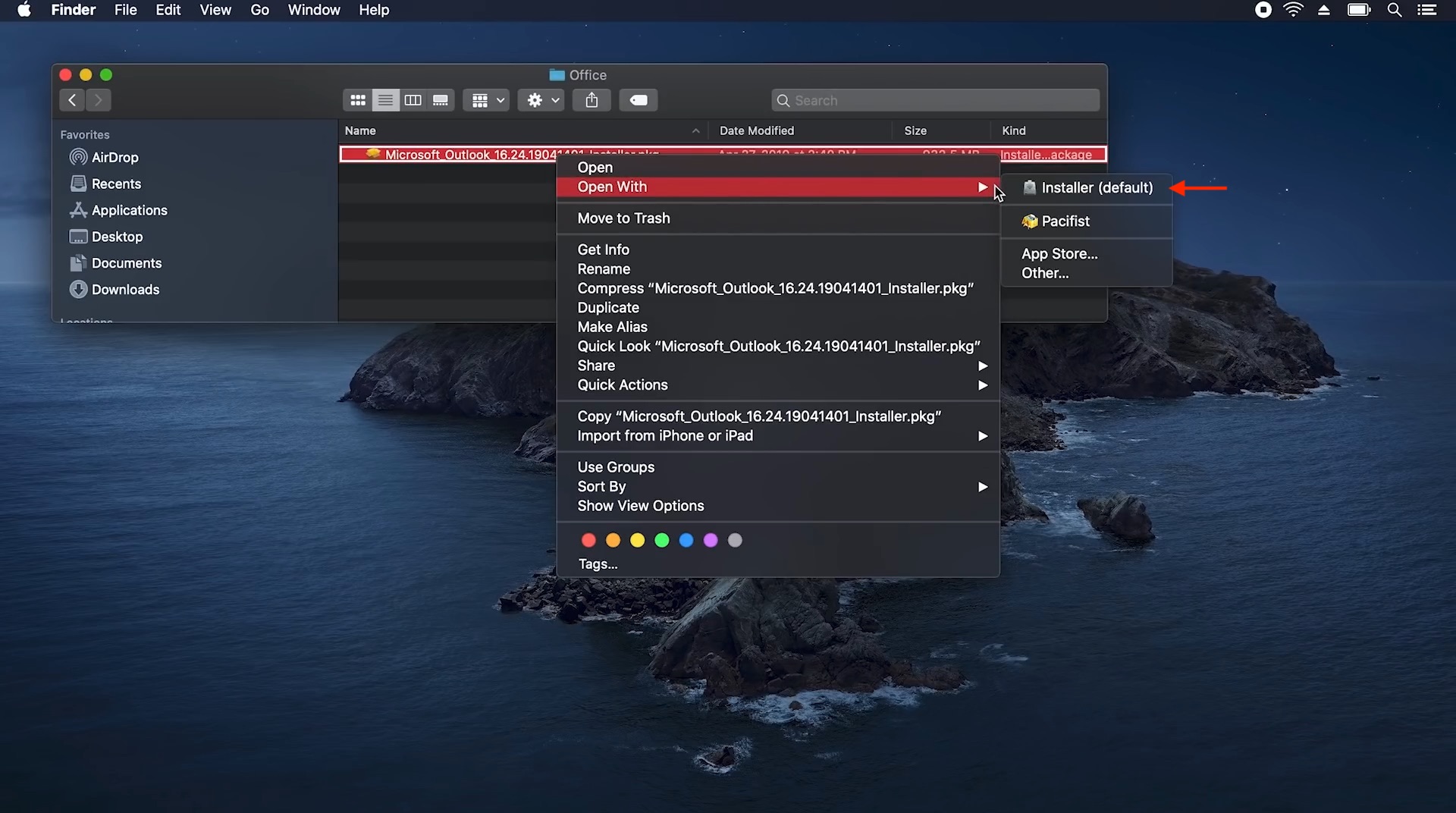Microsoft prepares users and administrators for changes in Office for Mac support. Office 2019 and Office 365 are expected to offer 'full compatibility' with the new operating system version of macOS 10.15 Catalina in the fall, just in time for the public release date of macOS 10.15, the software group promises.
Want to update to macOS Catalina but can't justify losing access to all the outdated 32-bit apps I rely on (looking at you Microsoft Word for Mac 2011). Office 2016 for Mac needs to be v15.35 or later, which it probably is, if you’ve updated anytime in the last few months. Check the version in one of the Office apps or go to Help Check for updates. The current Office for Mac; Office 365 or Office 2019 are OK with Catalina.

The office suite can already be used with the beta of Catalina if at least build 16.26 is used with the programs from Office 2019 or Office 365, as it is called in Microsoft's Office Deployment Insiders video channel. Office 2016 runs from build 16.16.11 on under macOS 10.15. The group asks developers to give feedback in case of problems with Word, Excel, Keynote & Co.
Due to the future mandatory Apple notarization of signed apps that are purchased outside the App Store, there may still be error messages during the installation of Office apps in macOS 10.15, notes an employee of the software manufacturer. They want to clear that up until the general Catalina release in autumn.
Office 2019/365 cancel support for macOS 10.12

With the release of macOS 10.15, Microsoft will also discontinue support for macOS 10.12 Sierra, Office 2019 and Office 365 will require at least macOS 10.13 High Sierra. Microsoft already announced last year that Office only supports the three latest macOS versions. Existing Office app installations can still be used under macOS 10.12, but will not receive any updates.
Office 2016 still supported until 2020
Office 2016 for the Mac, however, remains excluded: Due to the older code base, this version should be supported unchanged on macOS from version 10.15 up to OS X 10.10 Yosemite. However, Office 2016 is about to be phased out overall: According to Microsoft, this version will be obsolete as of October 2020, when no more updates will be made available.
Office 2011 before its complete end
A further use of Office for Mac 2011 will not be possible in conjunction with macOS 10.15, the manufacturer notes: Since Apple's upcoming operating system will no longer run 32-bit software, even the old Office applications cannot be opened. Microsoft discontinued support for Office 2011 a good one and a half years ago.
| You may also want to read: |
| Huami Amazfit Bip 2 released: equipped with Huangshan No. 1 chip and ECG monitor for 699 yuan |
| Huawei P40 and P40 Pro are on the way |
| Xiaomi Mi 9T: no Pro version in Europe? |

Extensive Product Selection● Over 300,000 products ● 20 different categories ● 15 local warehosues ● Multiple top brands | Convenient Payment● Global payment options: Visa, MasterCard, American Express ● PayPal, Western Union and bank transfer are accepted ● Boleto Bancario via Ebanx (for Brazil) |
Prompt Shipping● Unregistered air mail ● Registered air mail ● Priority line ● Expedited shipping | Dedicated After-sales Service● 45 day money back guarantee ● 365 day free repair warranty ● 7 day Dead on Arrival guarantee (DOA) |
Microsoft 365 For Mac Catalina
macOS Catalina is going with a noteworthy working framework for Mac. In case that you squashed your fingers all over that present catch before thinking about that you may not be set available, you can curtail to macOS Mojave. On the off chance that you follow these strategies, you’ll have returned to your old course of action in only seconds.

Colossal data for Macs with the T2 security chip
Before you attempt to utilize a bootable installer on your Mac in the event that you have a 2018 or more current MacBook Pro, MacBook Air, or Mac humbler than foreseen, you may need to attempt to permit booting from outer media before you attempt to downsize. In the event that you’ve connected with the Startup Security Utility, check to ensure you’ll have the choice to utilize a bootable outside drive. Here’s the puzzle.
- Restart your Mac.
- Hold down Command+R right when you see the Apple Logo.
- This places your Mac into Recovery Mode.
- Click to Utilities in the Menu Bar.
- Click to Startup Security Utility.
- Enter the Administrator accreditation’s of yours
- Tick the case to Allow booting from outside media.
Stage 1: Back up your Mac
This procedure will obliterate macOS Catalina from your hard drive totally. That accumulates any records, activities, or reports you’ve been taking care of while at the same time using macOS Catalina will what’s more be erased if you don’t back them up first. Use an external hard drive or a cloud-based program like DropBox, OneDrive, or iCloud.
On the off chance that you don’t extra these basic records some spot off of your PC, you will lose them.
Also Read:-How to Install macOS High Sierra on Virtualbox
Stage 2: Bootable drive of macOS Mojave to be created
Download macOS Mojave from the Mac App Store. You’ll require a duplicate of macOS Mojave on an outside hard drive to downsize from macOS Catalina.
- Enable outside media booting
- Apple button > About This Mac > System Report > Controller (or iBridge)
On the off chance that your Mac avoids Apple’s T2 security chip, you won’t have to empower outside media booting.
Stage 3: Delete macOS Catalina from mac
Office 2016 For Mac Catalina
You need to eradicate your hard drive before re-showing Mojave. Keep in mind, back up your Mac before playing out this development.
- Connect your Mac to the web by techniques for Wi-Fi or Ethernet
- In the upper left corner of the screen Click on the Apple picture
- Select Restart from the drop menu.
- Hold down Command+R, and continue holding the keys until your PC reboots. This will place your PC into Recovery Mode.
- Click on Disk Utility in the OS X utility selector.
- Click the Continue button
- Select your Startup Disk.
- Click on the Erase tab at the most important reason for the window.
- Enter a name for the record to be destroyed
- If your Mac is utilizing HFS+, select Mac OS Extended (Journaled) from the game-plan list. In the event that your Mac is utilizing APFS, select APFS from the affiliation list.
- Select GUID Partition Map If Scheme is accessible
- Click Erase button
After the approach is done, stopped Disk Utility starts from the drop menu in the upper left corner of the screen to return to the OS X utility selector.
Stage 4: Reinstall the macOS Mojave

You should reinstall Mojave after you have deleted macOS Catalina,
- Connect your Mac to the web through Wi-Fi or
- Plug the bootable hard drive you mad with Mojave on it into your Mac.
- In the upper left corner of the screen Click on the Apple picture.
- Select Restart starting from the drop menu.
- Hold down Option while your PC restarts. This will send you to the decision to pick a startup circle.
- Select your bootable drive with macOS Mojave from the quick overview of startup plate choices. macOS Mojave will start introducing on your Mac.
- Click Continue in the macOS Mojave establishment window.
macOS Mojave will display like a standard update. You will consent to the affirming terms before the thing reboots on your Mac.
Stage 5: Restore settings from a prior macOS Mojave Time machine support
In the event that you have a consistent stronghold of your Mac spared by techniques for Time Machine (which you should), you can utilize it to reinstall the settings you have spared from macOS Mojave.
- Connect your Mac to the web by strategies for Wi-Fi or Ethernet
- Click on the Apple picture.
- Select Restart starting from the drop menu.
- Hold down Command+R when you hear the startup ring and continue holding the keys until your PC reboots.
- Select Restore from Time Machine Backup in the OS X utility selector.
- Click Continue button
- Click Continue resulting in analyzing the significant data about reestablishing from a fortress.
- Select the Backup hotspot for where your Time Machine support is dealt with.
- Click Continue button
- Select the latest macOS Mojave support on the drive.
- Click Continue button
Your Mac will start reestablishing from the Time Machine support and a brief timeframe later reboot. This system can take some time, so get some espresso while you delay.